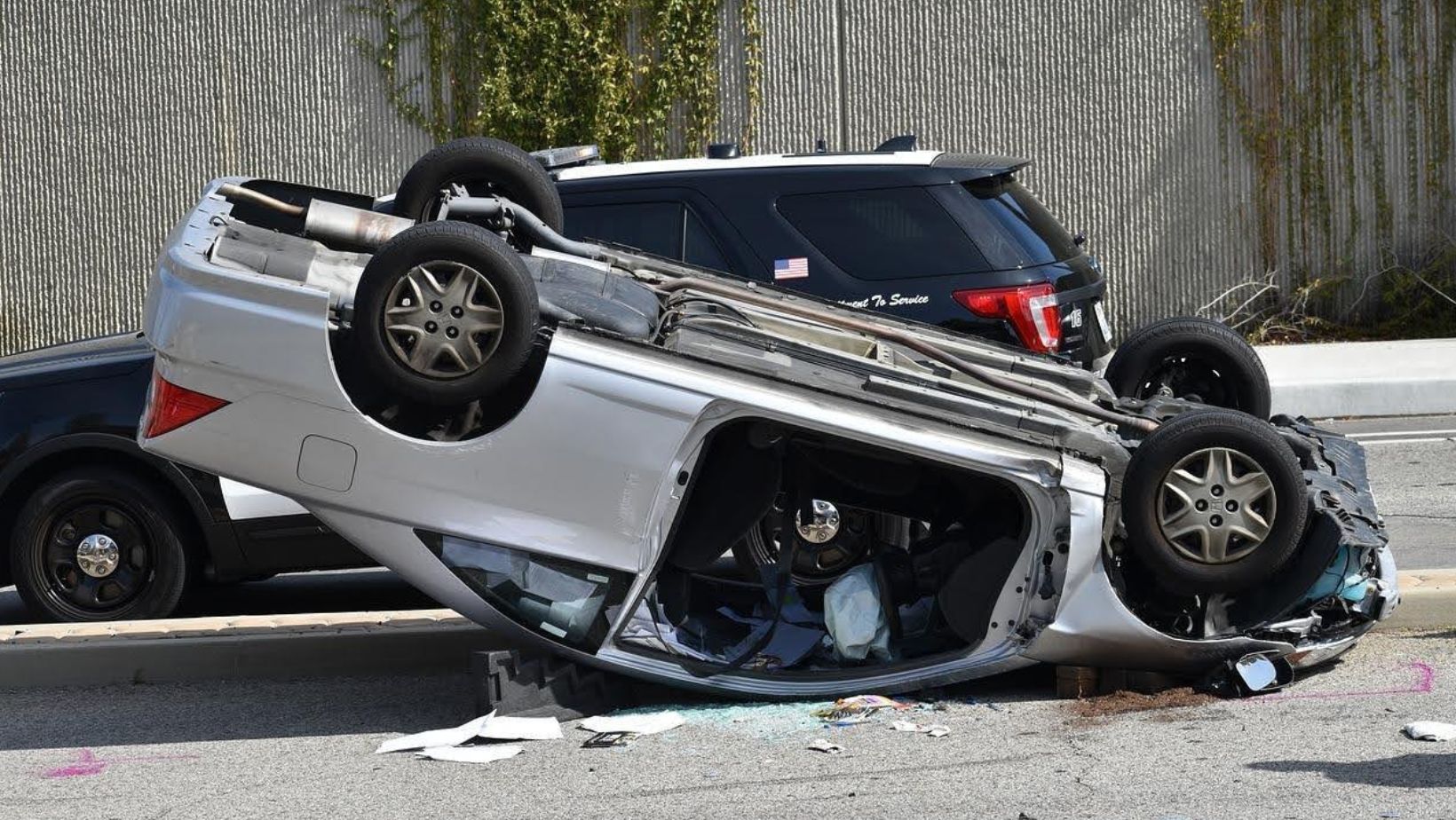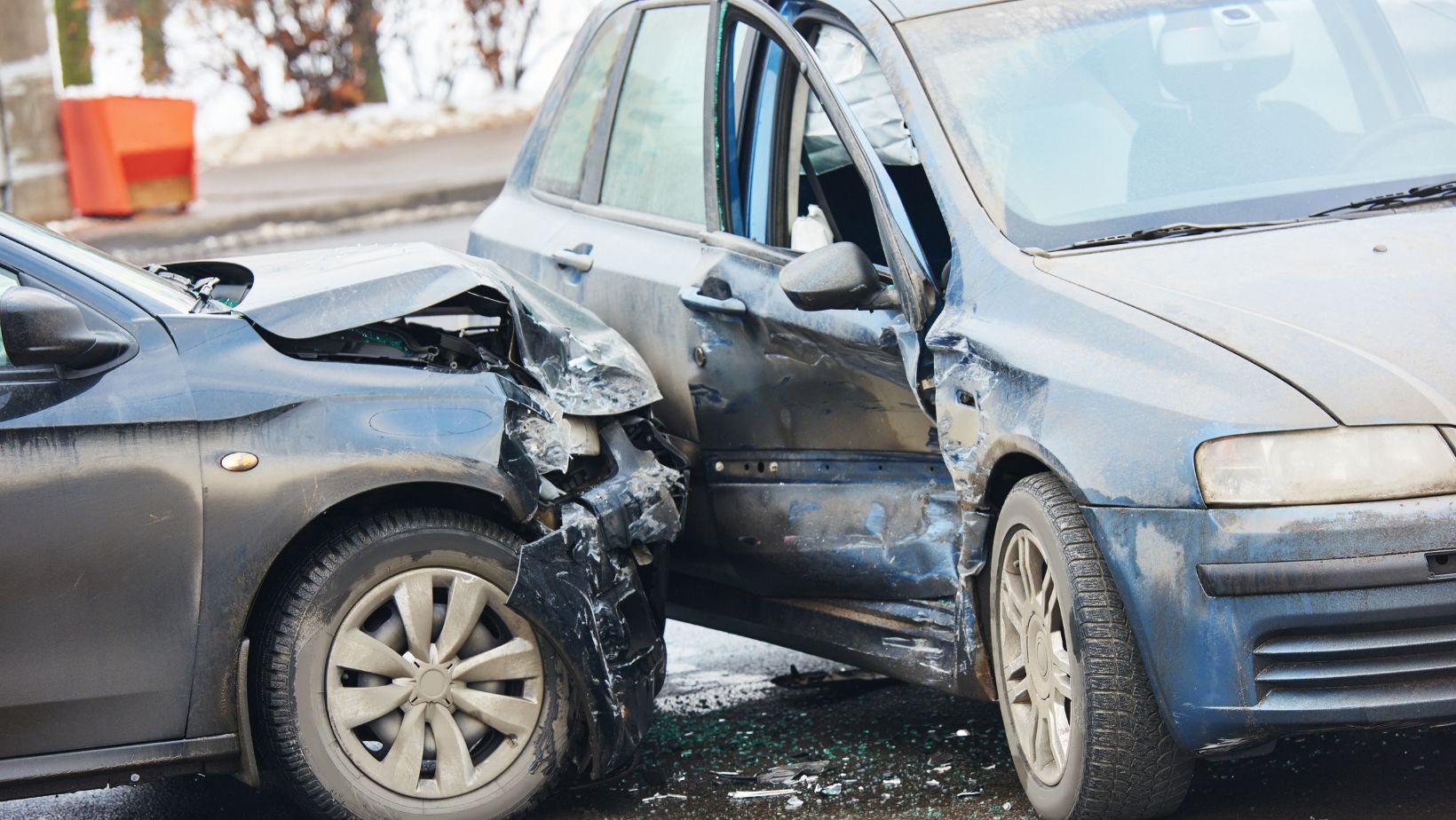 The “suburban speed trap” isn’t just about police enforcing speed limits; it’s about the inherent risks lurking on seemingly safe residential roads – risks that can lead to devastating car accidents if drivers aren’t vigilant. Speeding was a factor in 29% of fatal accidents in 2022. Protecting your family requires understanding these unique hazards and adopting defensive driving habits specifically tailored for the suburban environment.
The “suburban speed trap” isn’t just about police enforcing speed limits; it’s about the inherent risks lurking on seemingly safe residential roads – risks that can lead to devastating car accidents if drivers aren’t vigilant. Speeding was a factor in 29% of fatal accidents in 2022. Protecting your family requires understanding these unique hazards and adopting defensive driving habits specifically tailored for the suburban environment.
Understanding Unique Suburban Risks
Unlike the constant high-alert state often required for highway or dense city driving, suburban roads can lull drivers into a false sense of security. Wider streets might subconsciously encourage higher speeds, while familiar routes can lead to complacency and distraction – speeding caused 18% of fatal crashes on dry roads. These seemingly calmer environments present distinct dangers, including increased pedestrian and cyclist activity, numerous blind spots and obstructions created by parked cars or landscaping, the need for frequent stops and starts, and the critical importance of vigilance near playgrounds and school zones.
Defensive Driving: Your Suburban Shield
According to Justin Watkins, a leading car accident lawyer in Henderson NV, preventing accidents in the suburbs hinges on proactive, defensive driving. It’s about anticipating potential dangers rather than just reacting to them.
Strictly Adhere to Speed Limits
Residential speed limits (often 25 mph or lower) are set for a reason. Lower speeds drastically reduce stopping distances and provide more time to react to unexpected events. Even exceeding the limit by 5-10 mph significantly increases risk (by 3% on urban roads), especially where children are present – 1,129 children <15 were killed in traffic accidents in 2022.
Scan Constantly
Don’t just look straight ahead. Continuously scan intersections, driveways, sidewalks, and the spaces between parked cars.

Look for pedestrians, cyclists, reversing cars, and playing children. Anticipate that someone could step out.
Eliminate Distractions
Put your phone away – completely out of sight is best. Set GPS destinations before you start driving. Avoid complex conversations or activities that take your focus off the road, even for a second. Familiarity makes distraction tempting, but the consequences can be severe.
Master Blind Spots
Adjust your mirrors correctly to minimize blind spots but always perform physical shoulder checks before changing lanes or turning, especially on wider suburban streets where cyclists might be present. Be extra cautious around larger vehicles like SUVs and trucks that block your view.
Navigate School Zones with Extreme Care
Slow down significantly in school zones, especially during drop-off and pick-up times. Obey crossing guards implicitly, be prepared for sudden stops, and anticipate children darting into the road unexpectedly.
Making Safety a Family Affair
Road safety isn’t just the driver’s responsibility; it’s a family commitment.
Explicitly teach new drivers about the specific dangers of suburban driving beyond basic traffic laws. Reinforce the need for lower speeds and constant scanning. Children learn by watching. Always buckle up, put your phone away, obey speed limits, and demonstrate courteous, defensive driving.
Instruct children on how to be safe pedestrians and cyclists. Teach them to stop, look left, right, and left again before crossing, make eye contact with drivers, wear bright clothing, and understand basic traffic signals.
Navigating the suburban speed trap successfully means recognizing that safety requires constant vigilance. By understanding the unique risks, practicing defensive driving techniques religiously, and involving the whole family in safety awareness, you can significantly reduce the chances of a car accident and ensure your loved ones arrive safely, every time. Don’t let the quiet facade fool you; prioritize caution on every suburban drive.


















